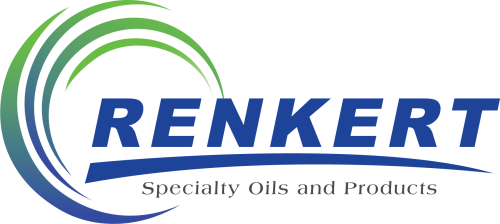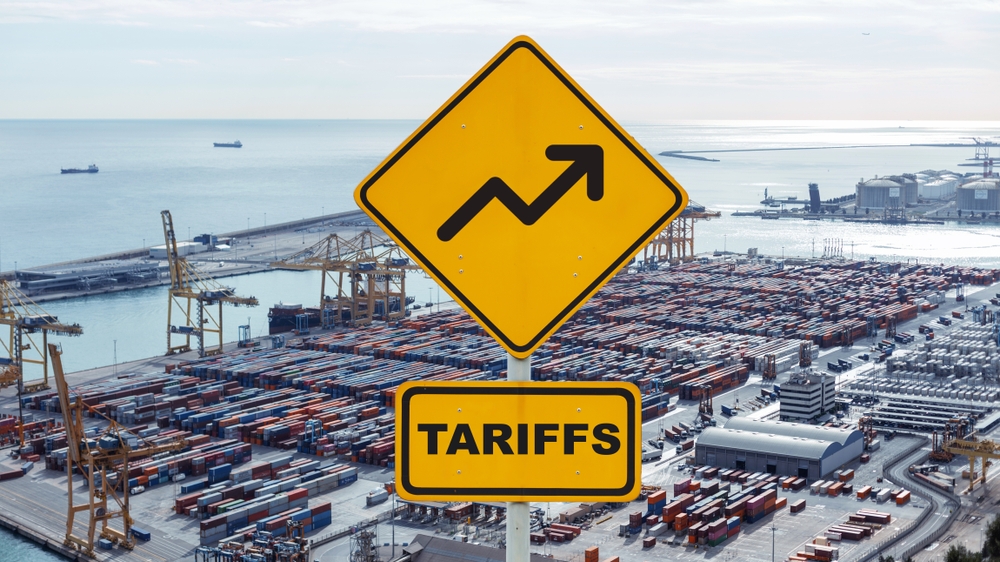Oil tariffs are in the headlines again, and for specialty oils buyers, the math on landed cost is shifting under your feet. The biggest movers this month: the India surcharge stack, Section 301 (China) exclusion timing, and route-risk surcharges that won’t quit. Questions? Contact us.
If you purchase white mineral oils, Group II/III base oils, gas-to-liquid (GTL) isoparaffins, or process oils, your October pricing outlook depends on two things: the tariff line you clear and the route your cargo sails.
Below is a clear, buyer-ready summary of oil tariffs, exclusions, and shipping factors to watch now, plus a practical checklist to protect your margins before finalizing invoices.
Suzanne Kingsbury, Director of Quality
Tariff & Policy Changes to Watch: October Snapshot
These three points are most likely to change your duty line or affect your next purchase order.
1. India surcharge stack: 50% extra duties in force
The U.S. has layered an additional 25% tariff on top of a prior 25% penalty for goods of Indian origin, citing India’s purchases of Russian oil. The effective date was August 27th, 2025 (with a limited “on-the-water” transition to September 17th). These duties stack with any other applicable tariffs/fees. Review origin exposure in your bill of materials and vendor declarations.
What this means for buyers of specialty oils: If any component (base oil, blend stock, additive, or finished specialty oil) is of Indian origin, assume a materially higher duty line unless a specific exemption applies. Validate whether your SKUs/HTS codes are within scope and confirm supplier origin documentation for every shipment.
2. Section 301 (China) exclusions extended to November 29th
The Office of the U.S. Trade Representative (USTR) extended 178 product-specific exclusions (164 products + 14 equipment) through November 29th, 2025. Importers should use HTSUS 9903.88.69 / 9903.88.70 where eligible. If your specialty oil or upstream inputs qualify, exclusions can zero out the 301 adder—for now.
Buyer takeaway: If you benefited from an exclusion in September, you likely still can in October, but mark November 29th, 2025 on your calendar and build a Plan B for when exclusions sunset or shift. Some trade advisors are also flagging November 3rd comment deadlines related to USTR processes.
3. HTS hygiene for “oil tariffs” — Know Your 2710s
Most white mineral oils and many base/specialty oils are classified under HTS Chapter 27 (e.g., heading 2710). Misclassification can add avoidable duty and missed exclusions. Make sure your HTS descriptions match product specs and uses, and keep your binding rulings and product data sheets current.
Shipping & Insurance Signals That Can Move Your Invoice
Freight rates have softened, but route-specific risks (Red Sea/Gulf of Aden, Strait of Hormuz) still drive war-risk premiums and contingency surcharges that can erase rate relief.
- Spot ocean rates down but volatile: The Drewry WCI (World Container Index—a weekly benchmark of spot ocean freight rates for 40-foot containers, or forty-foot equivalent units/FEU) fell to $1,651/FEU on October 9th from $1,669 the prior week, with Shanghai–LA and Shanghai–NY spot lanes sharply lower. Carriers may blank sailings to stabilize yields; buyers should not assume today’s spot holds through cargo readiness.
- Red Sea / Gulf of Aden risk persists: A recent severe strike by Yemen’s Houthi rebels underscores that insurance and routing premiums remain in play for East-of-Suez routings. Some underwriters have doubled war-risk charges during flare-ups.
- Strait of Hormuz sensitivity: Since our September update, Hormuz transits remain open; insurers are still charging a risk premium (generally below June peaks), and no new closures or seizures have been reported. Budget for volatility.
- Panama Canal: capacity below pre-drought norms: Transits remain ~33/day and fees have trended higher since 2024; the Authority signaled 2026 transits may still trail historic capacity, which can influence all-water East/Gulf routings.
Bottom line for specialty oils: Freight softening helps, but a single routing shift (e.g., Suez avoidance) can add days and dollars back into your landed cost. Keep your pricing model dynamic—and work with experienced suppliers who can help mitigate cost shifts through rerouting.
What to Do Now In Response to Oil Tariffs
The best defense against oil tariff shocks is document-tight sourcing, agile routing options, and calendar awareness around exclusions.
- Audit origin and HTS (Harmonized Tariff Schedule) codes.
Confirm country of origin and HTS for each SKU (and key additives). Re-validate that white mineral oils and related products are correctly placed under 2710 headings and that any 301 exclusion is properly claimed via 9903.88.69/70. Keep supplier declarations and specs current. - Model the India scenario.
If any line item could be of Indian origin, price scenarios at +50% additional duties (stacked) and discuss alternates or timing strategies with suppliers. Check if exceptions apply to your HTS or sector. - Calendar the 301 exclusion window.
Build purchase schedules to land before November 29th, 2025 where exclusions matter, and set reminders for policy updates and potential comment windows. - Compare shipping rates.
Ask freight forwarders for two routings: fastest reliable, and lower-risk/insurance. Compare total cost, including war-risk premiums and canal fees, not just base ocean. - Lock in paperwork discipline.
Ensure commercial invoices, packing lists, and certificates of origin align to HTS claims and any exclusion usage to avoid post-entry bills or delays. (CBP guidance references the correct exclusion codes and usage windows.)
Special Focus: How “Oil Tariffs” Hit Various Specialty Oils
Because many specialty oils “live” under the same 2710 family, description and end-use can influence duty outcomes and exclusion eligibility.
- White mineral oils (USP/food/cosmetic grades): Often under 2710 subheadings; ensure the grade/use description matches the tariff language and any supplier declarations that underpin duty rate or exclusion claims.
- Process oils & rubber oils: Similar 2710 coverage, but blends/additives can change classification. Keep technical data sheets (TDS) and Safety Data Sheets (SDS) with correct CAS (Chemical Abstract Service) registry current.
- GTL isoparaffins & Group II/III base oils: Where the country of origin is India or China-origin components are present, recheck whether Section 301 exclusions or the India surcharge applies at the finished-goods or component level.
Action Plan: Getting Started with Renkert Oil
Our goal is to make oil tariffs and routing variables a manageable, predictable part of your procurement so you can buy specialty oils with confidence.
- Share your specification and application:
We’ll map your product to the right supply options (white oils, GTL isoparaffins, base oils, or other specialty oils) and confirm the HTS we expect to use based on composition and end-use. - Confirming origin and options:
We present qualified alternatives by origin to help you navigate tariff exposure (including the India stack and 301 exclusions). You’ll see side-by-side landed-cost scenarios before you commit. - Building a routing plan:
Our logistics team quotes multiple routes, flagging war-risk premiums and surcharges so you see true delivered cost, not just base freight. - Locking in documentation and timing:
We align paperwork (invoices, COO, packing lists) to your HTS/exclusion strategy and help you target delivery before critical policy dates. - Helping you stay proactive:
We’ll keep you updated when material changes hit (exclusion shifts, new surcharges, routing advisories) so your next PO reflects current conditions, not last month’s assumptions.
Become a contract customer and experience for yourself how our logistics and supply-chain team keeps your specialty oils moving securely and on schedule.

